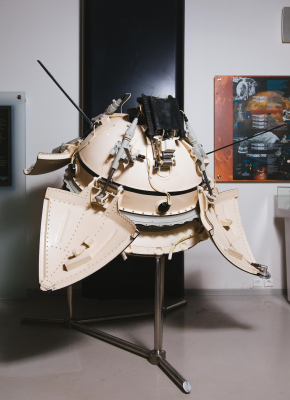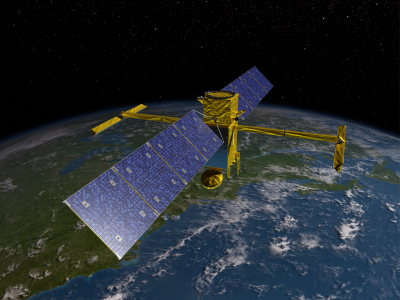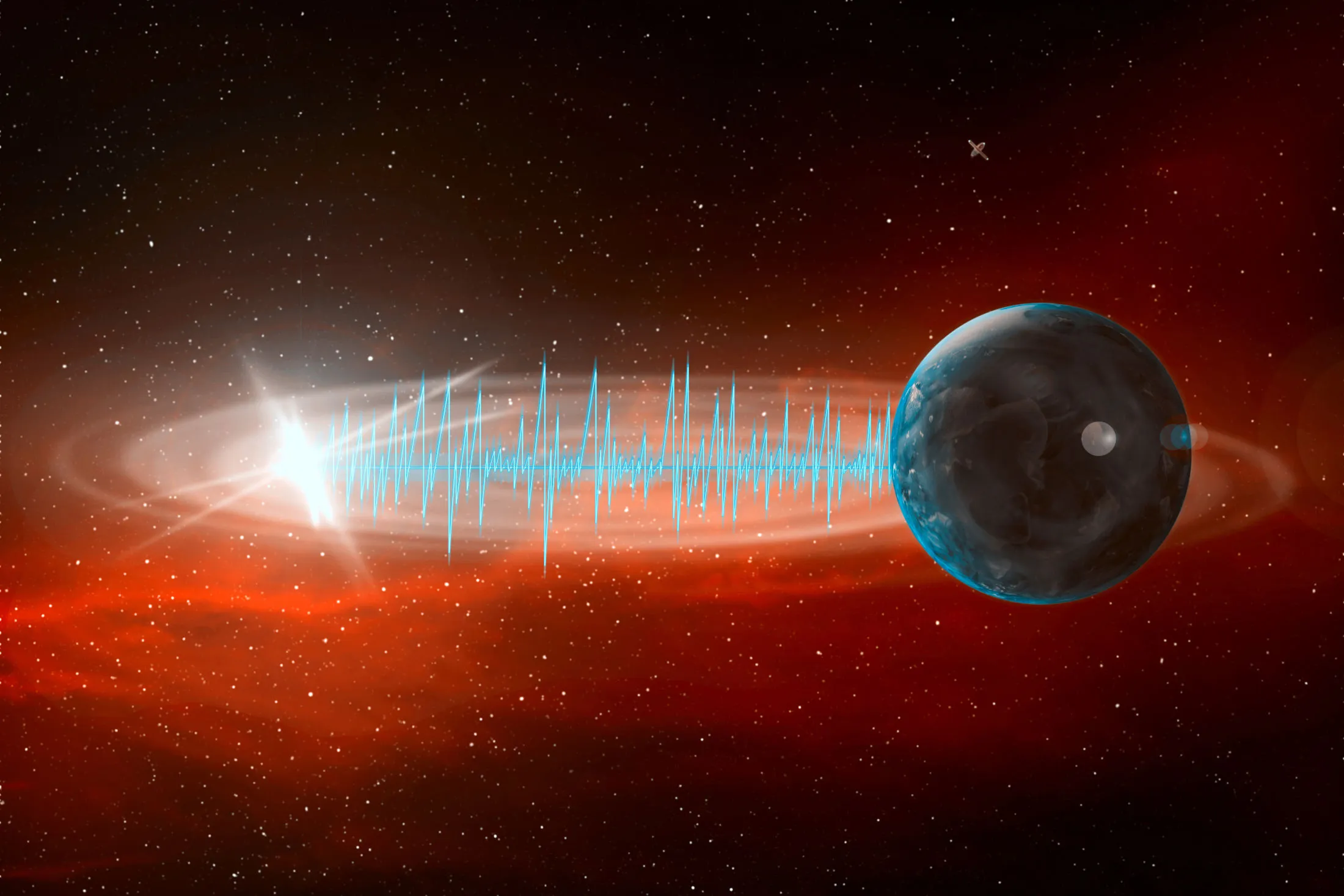Which was the first successful soft landing on Mars?

Launched on May 28, 1971, Mars 3 was one among a pair of identical spacecraft. While its lander stopped transmitting data after less than 20 seconds, it nevertheless represents the first successful soft landing on Mars. A.S.Ganesh hands you the details about the Mars 3 mission...
When we talk about the space race between the Cold War adversaries the US. and the Soviet Union, we usually discuss the race to land the first human beings on the moon. Soon after this was achieved, however, attention shifted to our neighbouring planet Mars. The first successful soft landing on Mars was achieved by the Soviet Union with their Mars 3 mission.
At this initial period of planetary exploration, both these space superpowers tended to launch pairs of spacecraft as a precautionary measure. The idea was to have one as the backup. of another, so that at least one of them succeeded in its efforts even if the other failed completely in its objective.
It therefore comes as no surprise that the Mars 2 and Mars 3 missions consisted of identical spacecraft. With a bus/orbiter module and an attached descent/lander module, the combined mass of the spacecraft, with fuel, was approximately 4,650 kg. The Mars 3 spacecraft was 4.1 metres high. 5.9 metres across the two solar panel wings and had a base diameter of 2 metres.
Primary objectives
The primary objective of the Mars 3 orbiter was to image the martian surface and clouds. determine the temperature on Mars, and measure properties of the martian atmosphere. among others. These were in addition to serving as a communications relay to send signals from the lander to Earth.
Mars 3 was launched on May 28, 1971, just nine days after Mars 2 had been successfully launched. Ten days later, on June 8, a mid-course correction was made after which Mars 3 was involved in a three-way race with Mars 2 and U.S.' Mariner 9 to become the first spacecraft to orbit Mars.
Even though Mariner 9 was last off the blocks, having been launched on May 30, it became the first to reach Mars on November 14. Mars 2 reached Mars on November 27 and Mars 3 made it to its destination on December 2.
Achieves soft landing
Less than five hours before reaching Mars, the descent module of Mars 3 had been released. Having entered the martian atmosphere at roughly 5.7 km/s, a combination of aerodynamic braking, parachutes, and retro-rockets allowed the lander to achieve a soft landing. With the Mars 2 lander having crashed, this made the Mars 3 mission the first ever to achieve a soft landing on Mars.
Only just though, as the lander stopped transmitting and the instruments stopped working less than 20 seconds after the successful landing. While the reasons remain unknown, the massive surface dust storms that were raging at the time of landing could have caused the lander to stop working.
As the orbiter had suffered a partial loss of fuel, it couldn't put itself into the planned 25 hour orbit. Instead, a truncated burn was performed by the engine in order to put the spacecraft into a 12 day, 19 hour long orbit about Mars.
20 orbits around Mars
A large volume of data was sent hack by Mars 2 and Mars 3 orbiters from December 1971 to March 1972, even though transmission continued till August. On August 22, 1972, an announcement was made stating that Mars 2 and Mars 3 had completed their missions. While Mars 2 had completed 362 orbits of the red planet, Mars 3 had performed 20 orbits.
Apart from the 60 images received from the probes, the data provided by them revealed mountains as high as 22 km, atomic hydrogen and oxygen in the upper atmosphere, and surface temperatures and pressures. The data gathered not only provided information on the martian gravity and magnetic fields, but also helped create surface relief maps.
Mars 3 was back in the news four decades later in April 2013 when citizen enthusiasts found features of its hardware in a five-year-old image from NASA's Mars Reconnaissance Orbiter. The debris in the images resembled what might have been the parachute, heat shield, terminal retrorocket and lander. Regardless of whether these were the debris of the Mars 3 lander or not, the mission did successfully become the first ever to achieve a soft landing on our neighbouring red planet.
Picture Credit : Google


